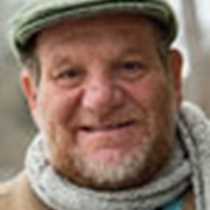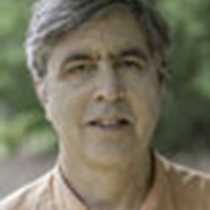There are research stations in this world that are known even to the novice naturalists. Places that are famous not just because of where they are, but for the remarkable work that goes on there, and the impressive contributions to the scientific world that people who work at these places have given. Places like Palmer Station in Antarctica, the Smithsonian Tropical Research Station on Barro Colorado Island in Panama, and today’s first stop on our expedition here in the Galapagos, the Charles Darwin Research Station. The scientists here work hand and hand with the Galapagos National Park, protecting, studying, and conserving the cradle of modern evolutionary science. This hallowed ground not only serves as a research station, but also the home of the Galapagos National Park Tortoise Rearing Center, which houses the captive breeding program of giant tortoises and land iguanas. This morning we were privileged to tour the facility and get a firsthand view of the tortoises in the program, and to see the many young tortoises that will spend their first five years of life at the center, to insure that they are big enough to fend off any introduced species, before being released back to their native islands. The captive breeding program is a huge undertaking involving scientists, and volunteers, and is a wonderful example of what caring people can do to help save endangered species.
After visiting the center, we had a little time to explore the community of Puerto Ayora, the tourist capital of the Galapagos. It was nice to be able to roam freely and visit the many shops and even an open fish market near the town center. There, locals, tourists, and even some resident pelicans and sea lions wait for the day’s catch of colorful and tasty delicacies from the sea.
We then boarded buses and headed to the highlands where our group was divided, as some of us chose to visit a local school which is one of the many recipients of support from Lindblad Expeditions. It was wonderful watching the children and seeing them at their daily studies. The rest of us headed to a local family-owned sugar mill. There we were shown how the sugar cane is milled using basic tools, including the family mule. The sugar cane is made into small chunks of sugar, and even a homemade moonshine. We couldn’t pass up the chance to sample both products, in moderation of course.
It was then that we got to experience what will surely be one of the highlights of this expedition—giant tortoises in the wild. It was great to see them in the captive setting at the breeding center, but an altogether different experience to see them roaming freely on a local farmer’s private land. Like huge boulders scatter across the open fields, many tortoises were munching away on the green grass of the fertile highlands. After donning rubber boots provided by the farmers, we went from one tortoise to another, all the while making images of these marvels of evolution. After visiting the open fields, we ventured into the forested area of the property to find more tortoises making their way on their annual migration from the lowlands to the highlands and back again. Our naturalist explained the natural history of the animals and narrated the behavior we watched right before our eyes.
Back on board for dinner, the day was crowned with a performance of local musicians and dancers. A very nice way to end an incredible day.









